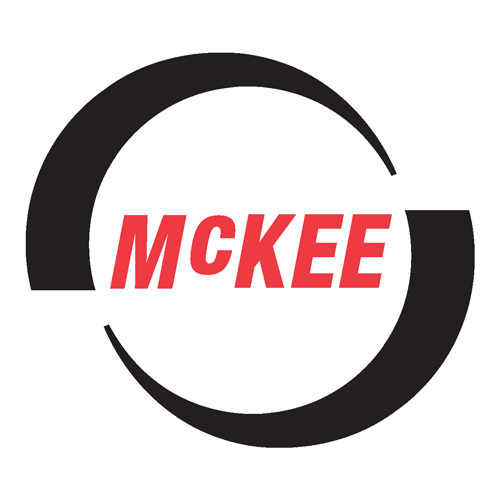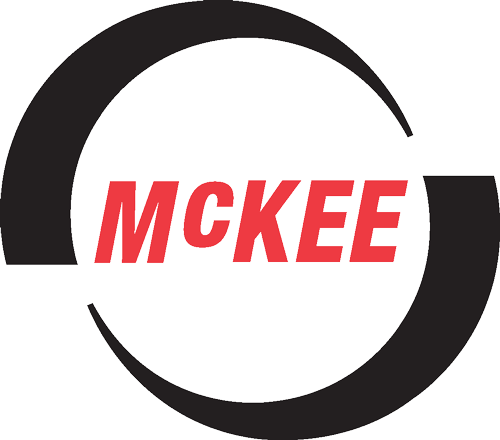Using AI as a Predictive Preventive Maintenance Process
August 4, 2023 2:04 pm Leave your thoughtsUsing AI as a Predictive Preventive Maintenance Process
In today’s fast-paced world, organizations are constantly looking for ways to improve their efficiency and reduce downtime. One way to achieve this is through predictive preventive maintenance, which helps organizations identify and address issues before they become major problems. With the advent of artificial intelligence (AI), organizations now have a powerful tool that can take preventive maintenance to the next level. In this blog post, we will explore the benefits of using AI as a predictive preventive maintenance process.
What is Predictive Preventive Maintenance?
Before diving into the role of AI, let’s first understand what predictive preventive maintenance entails. Predictive preventive maintenance involves using data and analysis to predict when and where maintenance is required. By analyzing historical data, organizations can identify trends and patterns that signal potential failures or breakdowns, allowing them to take proactive measures to prevent downtime.
The Role of AI in Predictive Preventive Maintenance:
AI plays a crucial role in streamlining the predictive preventive maintenance process, making it faster, more accurate, and cost-effective. Here’s how AI enhances each stage of the maintenance process:
1. Data Collection and Integration:
AI can collect, analyze, and integrate data from various sources such as sensors, equipment logs, and maintenance records. By tapping into the Internet of Things (IoT), AI-powered systems can gather real-time data on equipment performance, environmental conditions, and other relevant factors. This comprehensive data collection enables organizations to have a holistic view of their assets and identify potential maintenance requirements.
2. Data Analysis and Visualization:
AI algorithms can analyze vast amounts of data quickly, detecting patterns and anomalies that may signify impending failures. These algorithms can go beyond simple threshold-based triggers and take into account various factors such as usage patterns, environmental conditions, and historical failure data. AI-powered systems can also visualize data in a user-friendly manner, presenting insights and trends in interactive dashboards or reports. This allows technicians and decision-makers to easily identify areas that require attention or optimization.
3. Prediction and Decision-Making:
By leveraging machine learning, AI can predict the likelihood of equipment failures or breakdowns well in advance. This enables organizations to optimize maintenance schedules, allocate resources efficiently, and prevent unplanned downtime. With AI-powered predictive analytics, decision-makers can make informed choices based on accurate predictions, reducing the risks associated with equipment failures.
4. Automated Workflows and Recommendations:
AI-driven systems can automate workflows by automatically generating work orders, scheduling maintenance tasks, and alerting the relevant teams. By integrating with existing maintenance management software, AI can seamlessly recommend preventive measures, spare parts inventory optimization, and even suggest cost-effective vendors for maintenance services. This automation empowers organizations to take swift action based on AI-driven recommendations, saving time and minimizing human error.
Benefits of AI in Predictive Preventive Maintenance:
Implementing AI as a predictive preventive maintenance process offers numerous benefits, including:
1. Increased Equipment Uptime:
By identifying issues before they become major problems, AI enables organizations to minimize equipment downtime. This results in increased productivity, reduced disruptions, and improved customer satisfaction.
2. Cost Savings:
Predictive maintenance helps organizations avoid costly breakdowns and emergency repairs, reducing maintenance expenses. By optimizing maintenance schedules and predicting equipment failures, organizations can proactively manage their resources more efficiently, ultimately saving costs in the long run.
3. Improved Safety:
Predictive maintenance allows organizations to identify potential safety hazards and take corrective actions before accidents occur. By preventing equipment failures, organizations can create a safer working environment for their employees.
Conclusion:
AI has revolutionized the way organizations approach preventive maintenance. By leveraging AI’s capabilities in data collection, analysis, prediction, and automation, organizations can transition from reactive to proactive maintenance strategies. Implementing AI as a predictive preventive maintenance process enables organizations to improve equipment uptime, reduce costs, and enhance safety. Embracing AI is no longer a choice but a necessity for organizations striving for operational excellence in today’s highly competitive landscape.
Got Questions? Let Us Help!
Welcome to M.B. McKee Company, Inc. M.B. McKee Company, Inc. has been serving our local community of Lubbock since 1943. Locally owned and family operated, we provide great customer service and solutions for ongoing issues. With over 70 years of experience, our products, services, and engineering will always exceed your expectations. Our products include bearings, belts, chains, conveyor systems, gearing, lifts, motors, drives, product separation, tools, valves, and fittings. Our engineering division also provides general formulas, NEMA motor frames, elevator legs, screw and belt conveyors, lift charts, components from Baldor and Flexco, and various interchangeable parts. Contact us today to learn more about what we can do for you!
Categorised in: AI
This post was written by admin

